Description
The era of the electric tramcar was comparatively short. While some networks clocked up around fifty years, or a bit more, many(generally the smaller networks) were closed after a mere three decades. While the cars themselves were cheap to build, and economic to run, the infrastructure of overhead wires and track including massive forgings and castings buried in the road at junctionsbecame prohibitively expensive during the depression, and after WWII. There was also a strand of public opinion that tramcars caused road congestion. Andwith memories of the traffic chaos caused when the tram lines were first laid, there was perhaps a feeling of “not wanting to go through all that again!”
W. B. Dick and Company was founded in 1854 in Glasgow by William Bruce Dick. The company were initially oil refiners and manufacturers of paint used for coating the bottom of ships. They had depots and works in Glasgow, Liverpool, Newcastle, Barrow-in-Furness, Rotherhithe,Cardiff and Hamburg by 1890. From 1883 John Kerr joined the company as a partner and under its new name, expanded into equipment and rolling stock for tramways. They also built around fifty locomotives up to 1919.
In 1890 the partnership became a limited company, with shares sold to the public, trading as railway and tramway appliance makers and as iron and steel founders and electricians. The acquisition of the Preston Works, through a slightly bewildering series of “Shell Companies”, take-overs and mergers is described in the book.
In 1904 Dick, Kerr and Co were contractors for the electrification.of the Lancashire and Yorkshire Railway Liverpool-Southport line.
In 1918,Dick Kerr became one of the founder members of The English Electric Company Ltd., a British industrial manufacturer formed after the end of the Great War in late 1918. It was created to make one of Britain’s three principal electrical manufacturing concerns by amalgamating five businesses which, during the war, had been making munitions, armaments and aeroplanes. The intention of “beating swords into plough-shares” was to some extent thwarted by the slump which followed the initial peace-time boom so while the heavy engineering side languished until orders for modern power generating plant began to arrive, the production of smaller items of electrical equipment including industrial electric motors and transformers, the last generation of tramcars, railway locomotives and traction equipment, diesel motors and steam turbines. In the end its activities expanded to include domestic appliances nuclear reactors, guided missiles, military aircraft and mainframe computers. The elegant Edwardian tramcars shown in these photographs gave way to the assembly of sleek jet aircraft like the English Electric “Lightening” fighter and the “Canberra” bomber. A place in railway history was also made when the prototype “Deltic” locomotive was assembled here.
English Electric’s operations were merged with GEC in 1968, the combined business employing more than 250,000 people. Until then it had been one of Britain´s “Blue Chip” companies like ICI, Camel Laird, Rolls Royce, Vickers Armstrong, etc., most of which have vanished in foreign mergers and take oversas part of Globalisation..
PREVIEW BELOW – MAY TAKE A WHILE TO LOAD.
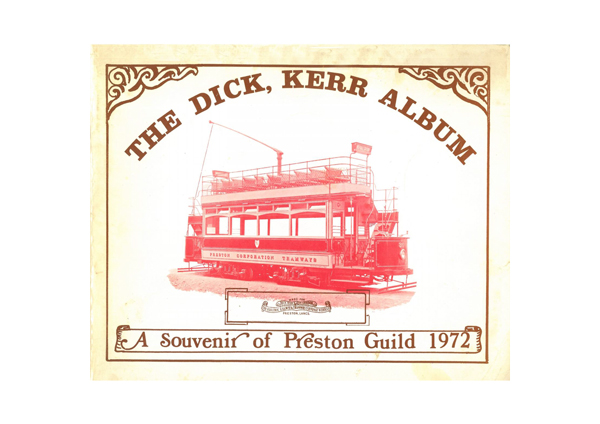
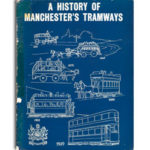
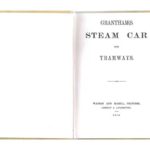
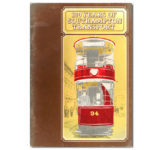
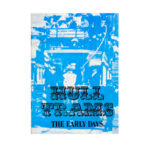
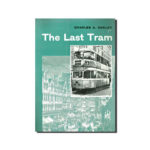
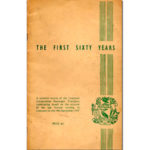
Reviews
There are no reviews yet.